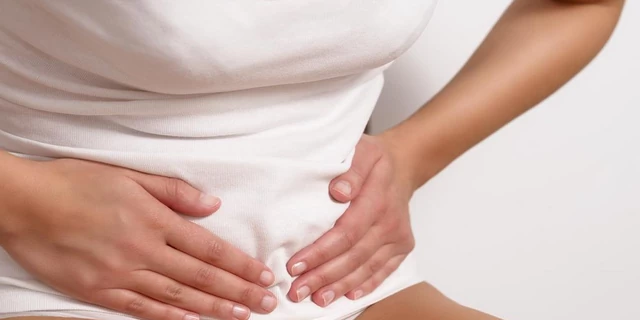Chronic pelvic pain is no joke. If you’ve been living with pelvic pain for weeks, months, or even years, you know just how challenging it can be.
It’s estimated that one in five people in the United States suffers from pelvic pain at any given time, but there may be relief in sight.
Getting to the Root of Pelvic Pain
Chronic pelvic pain is described as any type of pain that occurs below the belly button and between the hips that lasts for six months or more. This pain and discomfort can be caused by any number of issues or conditions.
Getting to the root cause of pelvic pain is often a medical journey that requires multiple rounds of tests, appointments with specialists, and various treatments.
The trouble with pelvic pain is that the symptoms can vary rather significantly from one person to the next. Likewise, pelvic pain can range from pain in the hips to digestive issues to testicular disorders and even bladder infections.
With such a wide range of symptoms, finding the root cause can be difficult. It is, however, the most important thing you can do to fight the pain. So while this article provides several pain relief tips, don’t neglect the importance of getting to the root cause and treating the actual problem.
5 Pain Relief Tips for Pelvic Pain
Much like identifying the source of the pain, finding relief from pelvic pain often requires a process of trial and error. Here are several effective options worth trying:
OTC Pain Relievers
While not a long-term solution, taking an over-the-counter pain reliever like Tylenol (acetaminophen) or Advil (ibuprofen) is a good option for immediate relief. When taking these medications, read the labels carefully and never take more than the recommended dosage.
Also, pay careful attention to how many doses you can take within a 24-hour period and make sure you don’t exceed the limit.
Yoga
Yoga instructor Leslie Howard works with her students to help them address pelvic pain through targeted poses and sequences. She finds that, in women especially, pelvic pain is often brought on by the pressure and force that the bones, muscles, and joints in this region deal with on a daily basis. With the right stretches, you can strengthen the pelvic floor and experience some relief.
Howard believes yoga provides a “complex and nuanced set of tools” that are capable of fine-tuning your pelvic health in a holistic, non-invasive way.
“When you understand the energy of different poses and how they affect you, you can use this knowledge to energize, balance, and calm your life; to challenge yourself; to cultivate greater sensitivity and compassion; or to simply enjoy a richer and much more complex range of sensations and emotions,” Howard writes.
Howard recommends a variety of poses based on the type of pain and discomfort you’re experiencing. This includes the relaxation pose with weight, half happy baby pose, reclining big toe pose, supported bridge pose, and legs on a chair.



